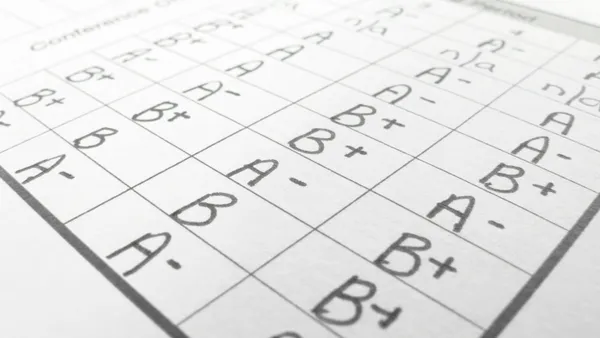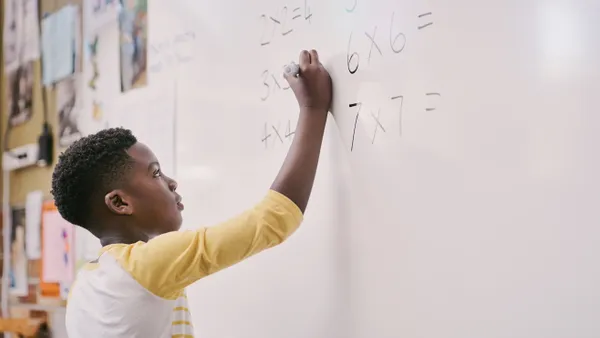Dive Brief:
-
Rural students enter kindergarten with higher levels of achievement in math and reading than their non-rural peers and also grow slightly more during the school year — but then they fall behind those peers by 3rd grade due to greater summer learning slides, according to research released Friday by NWEA, a nonprofit that created the widely-used MAP Growth assessment.
-
The study also finds that although students with disabilities enter kindergarten with lower achievement, they too show higher rates of growth during some school years but experience larger academic losses during the summer.
-
In addition, the set of three studies shows students who are consistently identified as needing English Learner services tend to lose more ground over the summer than their non-EL or multilingual peers who were ELs at some point but not consistently in K-4.
Dive Insight:
Overall, the three studies "revealed reasons for both optimism and concern," said Lindsay Dworkin, vice president of policy and advocacy at NWEA, in a statement.
"While the findings disrupt some long-held deficit-based thinking about some of these student groups, they also demonstrate the disproportionate impact that learning interruptions have on their achievement in the long-term, making high quality summer learning opportunities and other interventions critical.”
More specifically, the research for the first time shows that a middle school gap between rural and non-rural students may be attributed to larger declines in achievement for rural students over summer break, said Angela Johnson, research scientist for NWEA, in an email.
"That effectively eliminates the advantage of the slightly higher rate of growth during the school year," the report said. The rural school segment of the study used NWEA's MAP Growth data from assessments in reading and math, which included 180,000 students attending 2,377 rural schools.
"Though we can only speculate about what exactly is behind the slide, there is evidence that access to high-quality summer programs continues to be a challenge for rural students," Johnson added.
The further away from urban centers that students attended school, the lower their achievement levels in most cases, the report showed.
While the studies were based on pre-pandemic data, it's still possible to infer how COVID-19 disruptions could have impacted rural students, said Dworkin in a separate email to K-12 Dive.
Even during a typical school year, rural communities often lack access to high-quality education resources — a disparity magnified during pandemic challenges such as staff shortages and lack of internet.
"During the pandemic, rural students have lacked access to many of the services and supports they usually have during the school year, and thus have likely suffered greater impacts to growth and achievement than their peers," Dworkin said.
The findings point to a need for high-quality summer programming to help support rural students in the recovery period from COVID-19, multiple experts involved in the study said
"Education leaders should direct resources to rural schools — especially those farther from urbanized areas — to offer programs during the summer and other out-of-school times to help students maintain and build on academic skills acquired during the school year," Johnson said.
Resources should also be provided to local communities to engage students in activities that apply and supplement their in-school learning, she added. Johnson pointed to other research showing library outreach programs like bookmobiles help low-income rural children, as does the expansion of services delivering cultural resources to rural families.







 Dive Awards
Dive Awards







